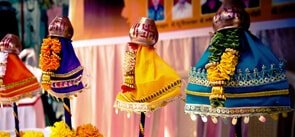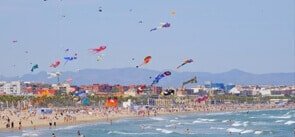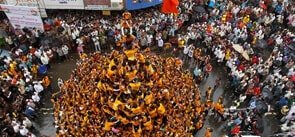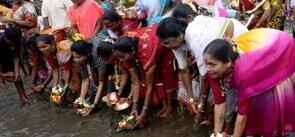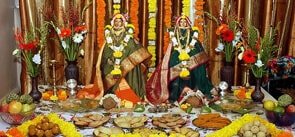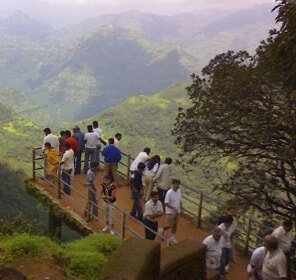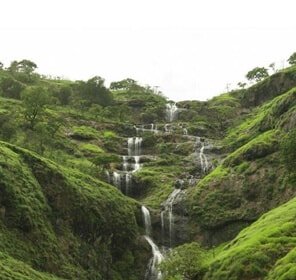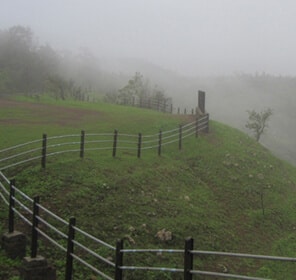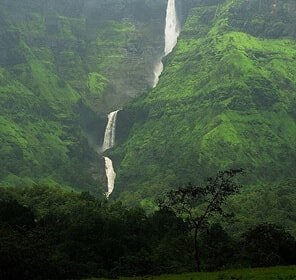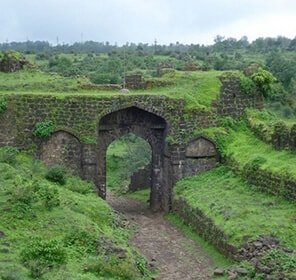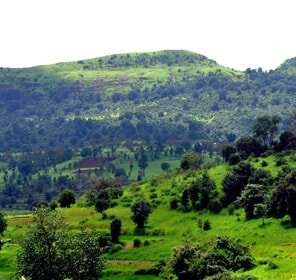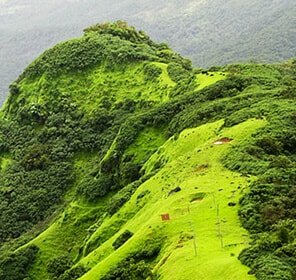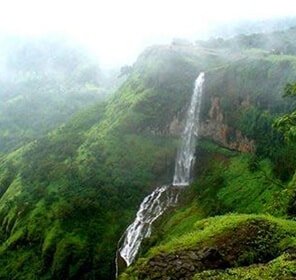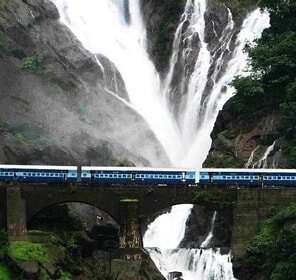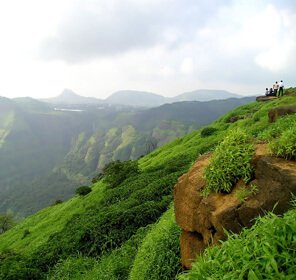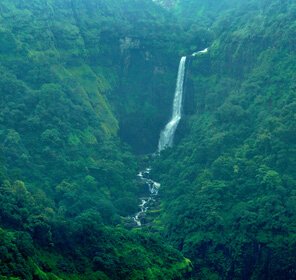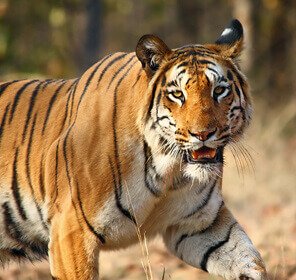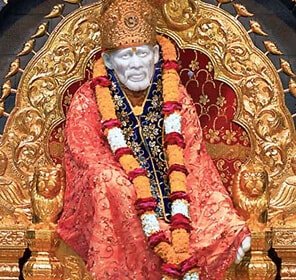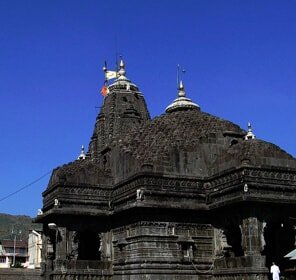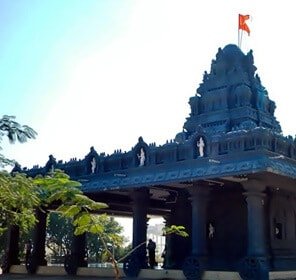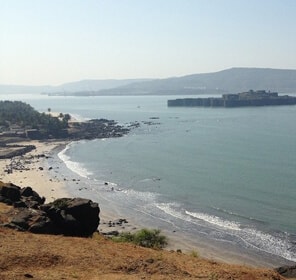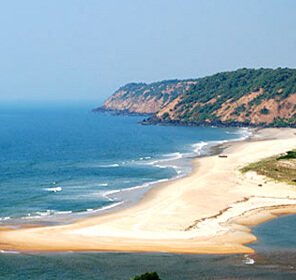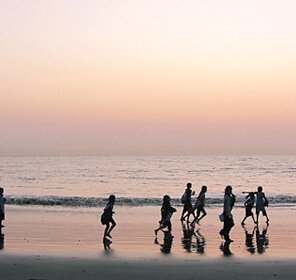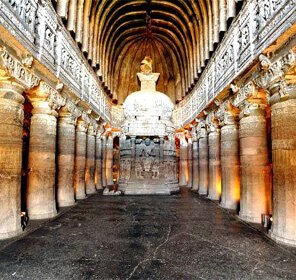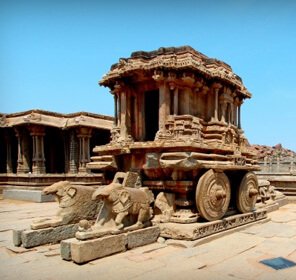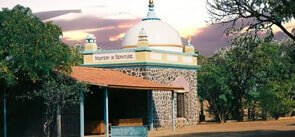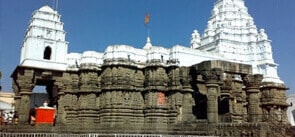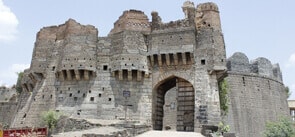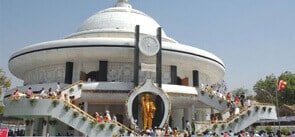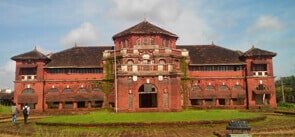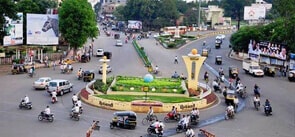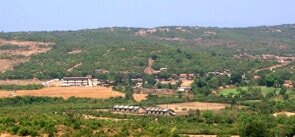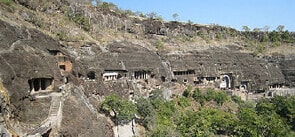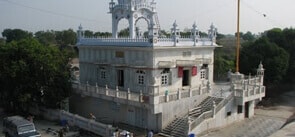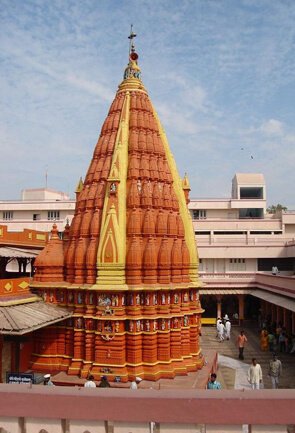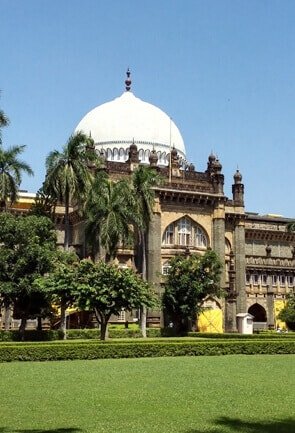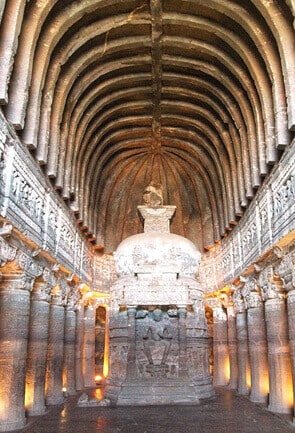Cobras have occupied a special place in Hindu mythology. In the honour of the Hindu snake God, Shesha Nag; Nagpanchami is celebrated in all corners of India. During the monsoons, Marathi people celebrate Nagpanchami with great verve and vitality. According to Hindu calendar, Nagpanchami is celebrated during the month of Shravan on the 5th day. As Hindus celebrate the forces of nature, Nagpanchami is also one of the most auspicious ceremonies that are celebrated annually. The significance of Nagpanchami is to pacify the active snakes and discourage them from being a threat to humans during the rainy seasons when the snakes venture out of their hiding places because of the rain and floods. On this day, cobras and other snakes are fed with milk and are worshipped by lighting up lamps, decorating temples byflowers and offering sacrifices and sweets.
Duration of the festival
During the months of July and August of each year, you’ll find the entire state of Maharashtra gearing up for this festival.
Highlights/ Important Rituals of the Festival
- Nagpanchami is predominantly and famously celebrated in households of Southern India.
- On Nagpanchami, the snakes are fed milk and honey mixed with saffron.
- In Shirale, Mumbai, people capture snakes a week before the Nagpanchami. The snakes are then fed and nursed to full health and worshipped in temples.
- In Maharashtra, it is common for people to present themselves from door to door with a cobra asking for alms.

History of the Attraction
The legend behind Nagpanchami is that Lord Krishna had defeated the evil snake Kaliya who had attacked a child Krishna who was merely fetching his ball from the river waters. After a few moments, Kaliya understood that the child was not ordinary and had begged for mercy and forgiveness. Lord Krishna had saved the villagers from the harassments and torments of the evil snake, Kaliya.









